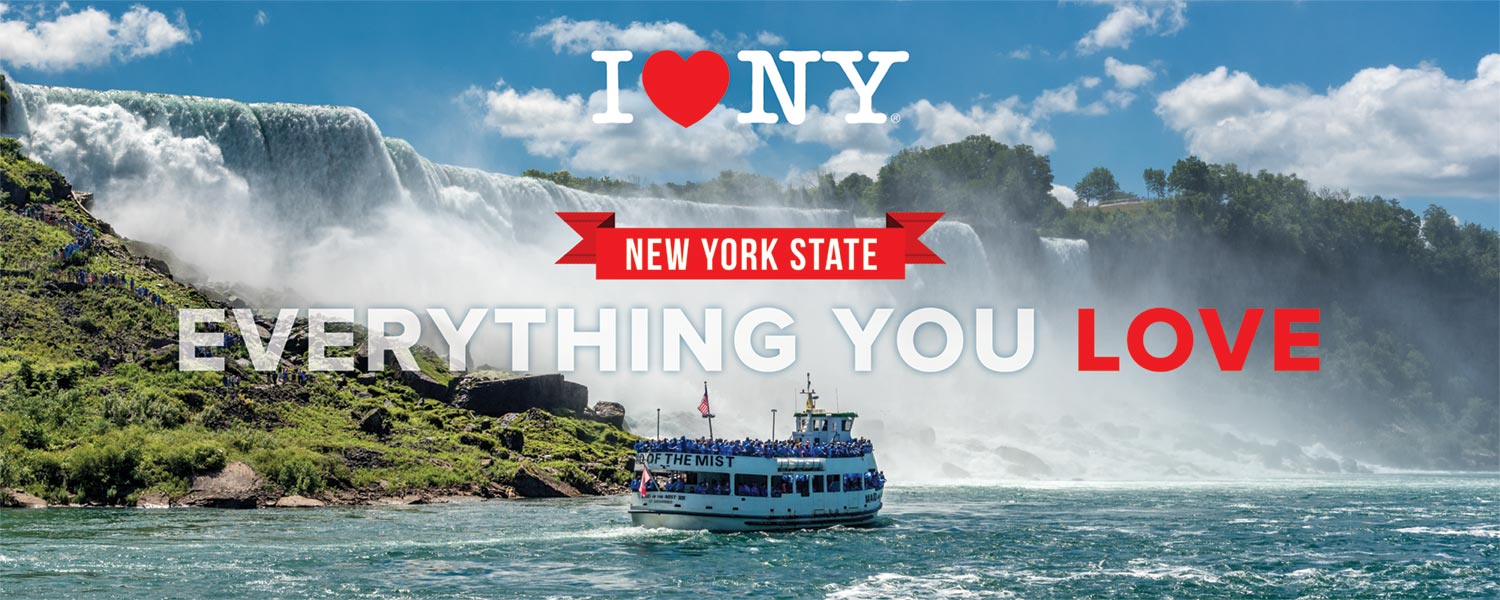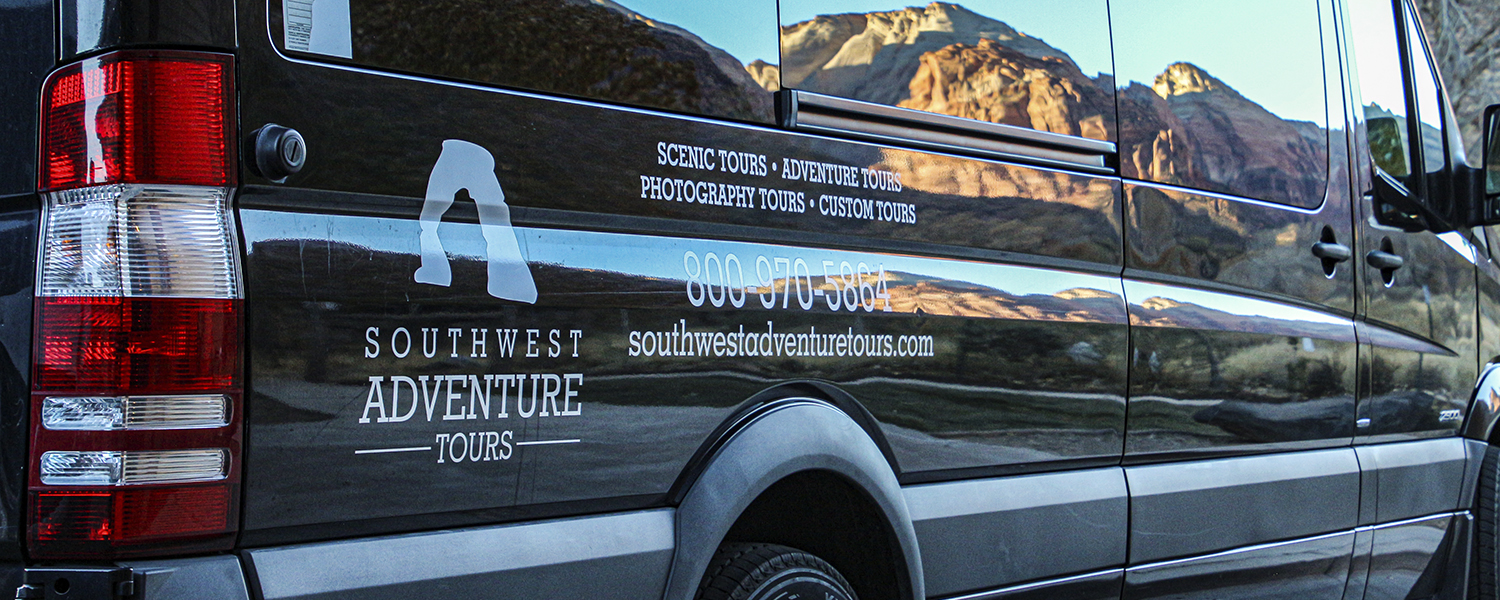There is a fountain of youth within NTA education, and it’s called artificial intelligence. In recent years at Travel Exchange and Contact—and during NTA webinars—NTA members have explored potential applications for AI. Whenever they’re asked what topics they’d like to see at future NTA events, AI always ranks at or near the top.
And why not? Like the mythical fountain of youth that would miraculously instill new life into all who entered its waters, artificial intelligence breathes new life into tasks for all who wade into the new technology.
“We are using AI for many things, like jazzing up itineraries, writing email blasts, and creating presentations of our itineraries for clients,” says Nicole Doherty of Western Leisure Tours. “We even use it to write difficult letters to vendors, when we need to keep the emotions out and be professional.”
And Nicole is not alone. A quick poll of NTA tour operators showed that many of them are using AI—and for a variety of purposes.
“Any time someone might say ‘Google it,’ we say ‘ChatGPT it,’” says Jay Smith, Sports Travel and Tours. “We use AI to write copy for advertising and itineraries, to summarize industry articles, and as a chatbot for questions about our programs. I even asked ChatGPT the other day if a flight was running on time.”
Since before ChatGPT was launched in late 2022, there have been concerns that artificial intelligence would replace human workers. A recent article in The Washington Post examines that concern, looking at some 700 occupations and determining how much AI is automating or augmenting the tasks associated with each job.
Automation AI replaces human labor, whereas augmentation AI enhances workers’ productivity. Certain types of jobs—especially those related to computers and math—generate the highest automation scores, making workers in those fields more susceptible to layoffs. Other types of jobs—especially educators and librarians—garnered the highest augmentation scores, which means those workers are more likely to remain employed and able to become more productive.
The interactive WaPo article allows readers to search a job title to see where it aligns with AI. While tour operator isn’t among the 700 occupations listed, travel agent and tour guide are. For travel agents, AI currently automates 21% of the job functions and augments 22% of them, according to the research. While that means some travel agent jobs might be lost, agents can also use AI to simplify certain tasks, thereby becoming more productive and more likely to retain their job. Other occupations are at a higher risk of seeing jobs lost. For example, 41% of software developers’ tasks are now being automated by AI.
Tour guides are mostly safe from automation … but not widely able to use AI to make their jobs easier. AI is currently automating only 5% of the job functions performed by tour guides and escorts and augmenting 6% of them.
So, as with other types of jobs, the more hands-on and in-person a tour operator’s work is, the less it’s affected by AI. Conversely, the more time an operator spends on planning and marketing, the more their work can be assisted—or taken over—by artificial intelligence. And while it’s possible that AI can replace some workers within the labor force, AI might also create new jobs in the same field.
One might think that, like most technological innovations, AI is embraced by young people and avoided by their parents. But NTA operators of all ages report using artificial intelligence—including two pairs of dual-generation companies.
“AI is a huge time saver and has helped us improve our customer service,” says Fraser Neave of Well Gray Tours, who was recently one of the youngest members to serve as NTA chair. “Our biggest use is for client letters. We enter rough notes and have AI write the letter, and then we adjust it with our own language and style.”
At age 73, Fraser’s dad, Roland, also routinely uses artificial intelligence. “I write our tour brochures, and when a tour goes to a new destination, I like to include some history and special sights, but I find it challenging to write the day-to-day itinerary when I haven’t been to that place,” he says. “I rely on ChatGPT to write a few sentences for me, which saves the time I would have spent reading a Wikipedia article.”
Other multigenerational AI adherents are Elaine Moulder and daughter Brittany Dykla of Brilliant Edventures. Elaine uses the technology for writing tasks as varied as tour flyers, job descriptions, social media posts, and the employee handbook. And Brittany has used AI when writing escort notes and creating projects in Canva. But she also has an important concern about artificial intelligence.
“The AI data centers require substantial amounts of water for cooling, which is a major sustainability concern,” Brittant says. “This makes me do a double-think about whether I really need to use it.”
When they do use AI—whether it’s for one project or a variety of tasks—NTA operators emphasize the importance of reviewing and revising the output.
“I use AI to write itineraries and suggest experiences for tours and special events, but I always cross-check facts and availability,” says Sheli Hinds Armstong, Destination Southwest. “AI is like an intern. You need to check the work.”
Paul Larsen (Edventures) learned that lesson alongside his colleagues. “As was pointed out in a recent NTA educational session, AI is only as good as the questions it’s given,” he said. “In that sense, it’s not so different from the old days of IBM mainframes and punch cards: garbage in, garbage out.”
Larsen says that human intelligence is still an essential component of workplace tasks, and AI cannot replace the value of human relationships, which can only be deepened by walking across the room or traveling across the ocean.
Even though AI might seem to be as miraculous as the mythical fountain of youth, it’s only a tool, Larsen says. “AI is helpful, but it can’t replace the need for human minds, personal insight, and the human touch—which are, and will remain, far more important.”
Top image: ©VectorMine/Adobe Stock




